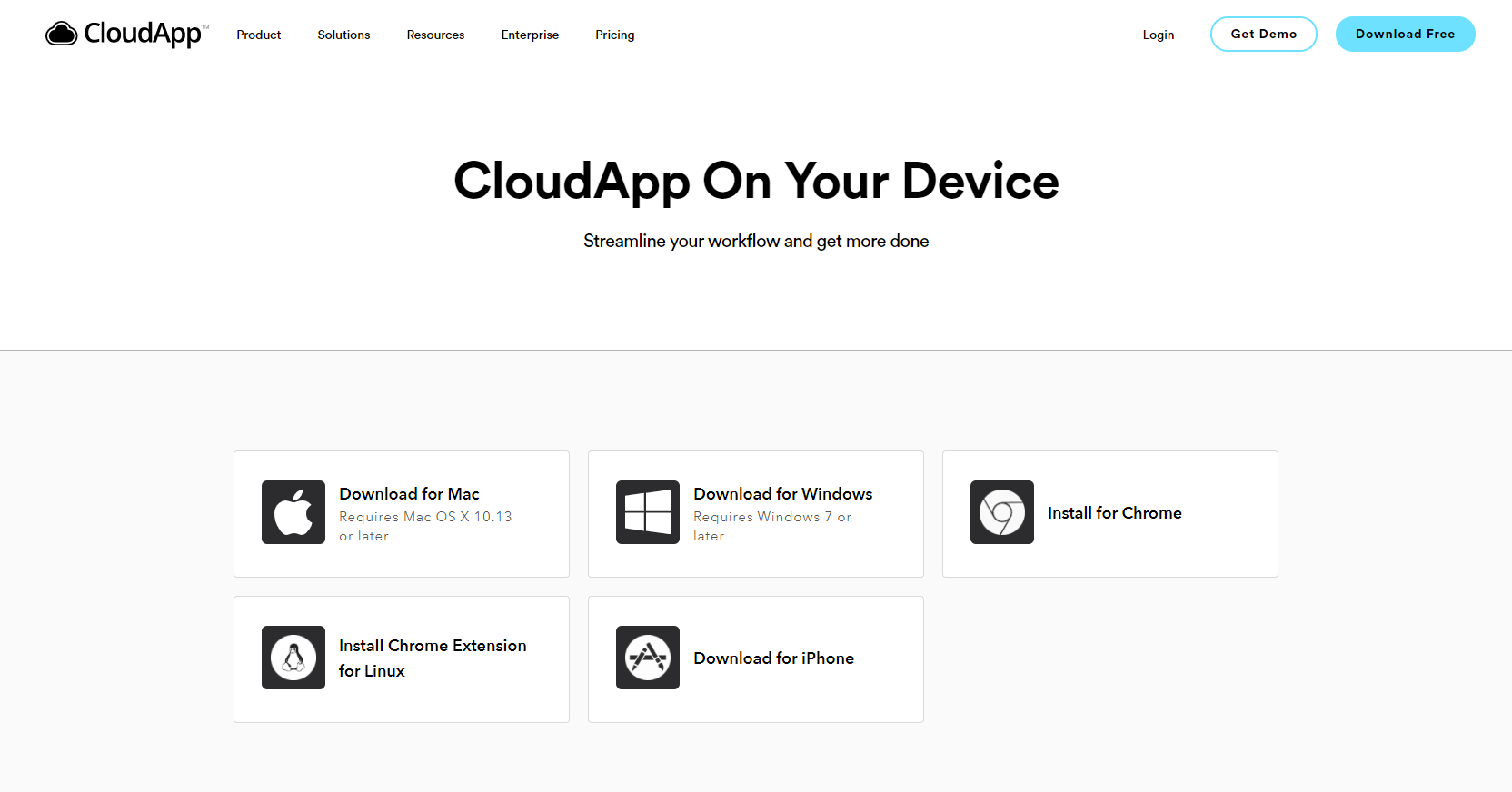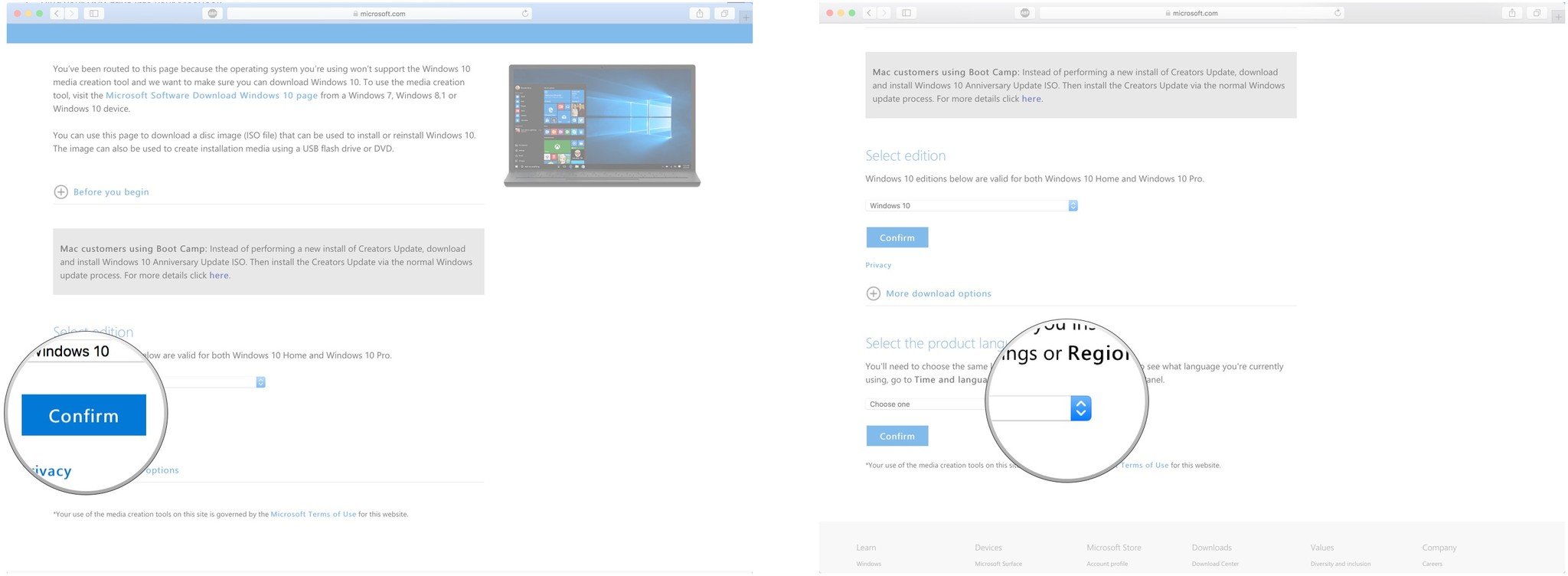- Download Line For Mac Dmg
- Zoom App For Mac
- Chat Apps For Mac
- Line Download For Mac
- Download Line For Macos 10.12
- Download Line Chat App
- A DMG file, which is also known as a DMG image is a mountable disk image created for the Mac OS X. It has the raw block data normally compressed and sometimes encrypted. DMG files are often used to install OS X software that is downloaded from the internet to mount a virtual disk on the Mac PC when opened.
- It can contain application installers and is often used to distribute software over the Internet on Mac. Install Programs from DMG Files on Mac. Open the DMG File. You can open the DMG file by double clicks or Disk Image Mounter feature (from the sub-menu of Open With) in its right-click menu. Or you can use Attach feature of iSunshare.
To install the Nessus Agent, you can use either the GUI installation wizard or the command line. Double-click the Nessus Agent.dmg (Mac OS X Disk Image) file. Double-click Install Nessus Agent.pkg. Find the downloaded file, which usually ends up in your Desktop or Downloads folder. Double-click the.DMG file to mount it. A new Finder window showing its contents should appear. If the window also contains a shortcut icon to “Applications”, drag and drop the app onto the shortcut.
Xcode is the tool developers use to build apps for the Apple ecosystem – MacOS, iOS, and all things Apple.
We recommend following these steps for those with the following operating systems running on a Mac: macOS 10.13 High Sierra, macOS 10.14 Mojave, and macOS 10.15 Catalia onward. It isn't always possible to download these Xcode Command Line Tools, following these steps, on Mac’s running older operating systems. Jul 06, 2021 Download Line for Mac/iOS - LINE is a new communication app which allows you to make FREE voice calls and send FREE messages whenever and wherever you are, 24 hours a day. LINE has more than 150.

This guide will walk you through how to successfully install Xcode onto your Mac, from start to finish.
Here are some handy tips to know before you get started:
- Xcode only runs on a mac. If you are on a PC, sadly you won't be able to use Xcode.
- You'll need a good, stable internet connection. The latest version is around 8 gigabytes in size.
- Be sure to have at least 30 gigabytes of free space on your computer. The latest
.xipfile (v11.4.1 at the time of writing) is ~8 gigabytes zipped. When you unzip it, that's another 17 gigabytes. Then you'll need the command line tool, which is yet another 1.5 gigabytes.
Here's an overview of the steps to install Xcode
- Download Xcode
- Install the command line tool
- Open the new version
- Delete files
Note that I have listed some Terminal commands in the steps below. These commands can be typed into your present working directory. This means that you don't need to navigate to any particular folder.
If you really want to, you can first type cd before typing the commands in the below steps. This will return you back to the home folder.
Step #1: Download Xcode
There are two ways to do this. For the latest version and a theoretically 'easy' installation, you can use the App Store. I don't recommend this option.
I prefer to use the developer site. This comes with the bonus option of being able to download any version you'd like.
Option #1: Download via the App Store for the latest version (not my preferred option)
In theory, this should be a seamless and pain-free process. But if the installation fails for any reason on the last step, it is very hard to troubleshoot.
There are a few reasons for failure, and no easy way to know which is the underlying cause. If you do encounter a failure, you will need to re-download the entire file again each time you try to fix the failure. As the latest version is 8 gigabytes, I didn't much enjoy this approach.
But if you're feeling brave, here are the steps:
- Open the App Store on your mac
- Sign in
- Search for Xcode
- Click install or update
Option 2: Download via the Developer site for a specific version (my preferred option)
- Head to the 'more' section of the Apple developer website
- Sign in with your iTunes account id
- Type in the version that you'd like, and download the
Xcode_x_x_x.xipfile. Keep in mind that Xcode 11.4.1 is 8 gigabytes, so this will take awhile depending on your internet connection. - Once the file is downloaded, click on
.xipto extract it. Your laptop will extract it to the same folder you downloaded it to. This extraction process is automatic. You don't need to do anything more after you click on the.xipfile. This step will take a few minutes. - [Optional] Once extracted, rename the application to “Xcode11.x.x” if you are using multiple versions.
- Drag application to the Applications folder
- [Optional] Set the new Xcode version as the default. Open Terminal and type
sudo xcode-select -switch /Applications/Xcodex.x.x.app. Replacex.x.xwith the version number. For example:Xcode11.4.1.app. You will need to enter in your computer admin password. I'm pretty sure this will update the default Xcode version for all users on your computer, so best to check with other users first
Step #2: Install the command line tool (CLT)
If you have multiple users on your computer, you will need to update the CLT for each user.
Download .dmg
To update the CLT, go to app developer website and download the command line tool .dmg.
If you have never installed Xcode before, you may be able to update with your Terminal by typing in xcode-select --install instead of visiting the developer website.
But if you have an existing version of Xcode installed on your machine, you'll probably see this error:
This means you'll need to go to the developer website instead.
Installing the CLT
When the .dmg has finished downloaded, double click the file to open it. This will open a little window that looks like this:
Double click the box and follow the prompts to install the CLT. It will take a few minutes to complete.
It may ask you at the end of the installation whether you want to move this to the trash bin. When it does this, it's talking about moving the .dmg file to the trash bin. Since you should no longer need this file. I always say yes to this.
Step #3: Open Xcode
Open the Applications folder and open the new version of Xcode. If you renamed Xcode, make sure you open the correct application
Xcode may prompt you to install additional components. Click install. This will take a few minutes.
While it's installing, check that your default Xcode version is the one you just downloaded:
- Open Terminal
- Type
brew config - You should see “CLT” and “Xcode” versions, as well as everything else. This should reflect the version that you have just downloaded. In my case, I downloaded Xcode 11.4.1.
Once the components are installed, Xcode will launch. You should be able to pick up your old projects and continue where you left off seamlessly*.
*Note that if you use any proxy tools, such as Charles, you will need to re-install those certificates in your simulator again.
If you encounter any errors while trying to build or run a project, check which device you are trying to launch. The new version may not remember the device you were using before. If so, click on the device and choose 'Add additional simulators' from the drop down menu to add the device you want.
Step #4. Delete the files
If you don't need the older versions of Xcode on your computer, you can uninstall them and get some hard drive space back.

You can also delete the .xip file of the version you just downloaded, as well as the CLT.dmg file.
That's everything. I hope this has helped you successfully install Xcode. Have fun with it!
Usually, you can get a program and then install it on your Mac through App Store easily. However, App Store doesn't contain all applications in the market, which means that you may not find your wanted software in it. At that time, you can download the program from its official website or the third-party online platform. Then you may find that the download is a DMG file. Be confused about what's the dmg file and how to install the program from the DMG file on your Mac? Here's the answer for you.
What's the DMG file?

The DMG file is a kind of disk image file of macOS and mounted by macOS as it were a hard drive. It can contain application installers and is often used to distribute software over the Internet on Mac.
Install Programs from DMG Files on Mac
Open the DMG File
You can open the DMG file by double clicks or Disk Image Mounter feature (from the sub-menu of Open With) in its right-click menu. Or you can use Attach feature of iSunshare BitLocker Genius to access the DMG file.
How To Install Dmg File On Mac From Command Line Download

Tips:iSunshare BitLocker Genius also has the powerful BitLocker decryption feature which can make you unlock the BitLocker drive on your Mac easily.
How To Install Dmg File On Mac From Command Line Command
Download Line For Mac Dmg
Drag the Program to the Applications Folder
If there is an Applications folder shortcut in the opened DMG file, you can drag the program to the shortcut directly.
If you can't find the shortcut, you need to drag the program to the Applications folder in the Finder.
After dropping the program to the Applications folder, a small box written with copying items will be shown.
How To Install Dmg File On Mac From Command Lines
When the installation is finished, you can right click the DMG file and then choose Eject option to exit it. You can also delete the DMG file by moving it to trash.
Zoom App For Mac
How To Install Dmg File On Mac From Command Line Windows 10
Related Articles:
Chat Apps For Mac
Google uses cookies and data to:- Deliver and maintain services, like tracking outages and protecting against spam, fraud, and abuse
- Measure audience engagement and site statistics to understand how our services are used
Line Download For Mac
- Improve the quality of our services and develop new ones
- Deliver and measure the effectiveness of ads
- Show personalized content, depending on your settings
- Show personalized or generic ads, depending on your settings, on Google and across the web
Download Line For Macos 10.12
For non-personalized content and ads, what you see may be influenced by things like the content you’re currently viewing and your location (ad serving is based on general location). Personalized content and ads can be based on those things and your activity like Google searches and videos you watch on YouTube. Personalized content and ads include things like more relevant results and recommendations, a customized YouTube homepage, and ads that are tailored to your interests.Download Line Chat App

Click “Customize” to review options, including controls to reject the use of cookies for personalization and information about browser-level controls to reject some or all cookies for other uses. You can also visit g.co/privacytools anytime.